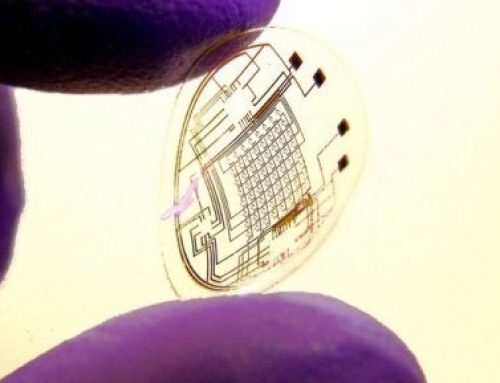A new technology known as HINS-light decontaminates the air and exposed surfaces by bathing them in a narrow spectrum of visible-light wavelengths.
A new technology known as HINS-light decontaminates the air and exposed surfaces by bathing them in a narrow spectrum of visible-light wavelengths.
A pioneering lighting system that can kill hospital superbugs — including MRSA and C. difficile — has been developed by researchers at the University of Strathclyde in Glasgow, Scotland.
The technology decontaminates the air and exposed surfaces by bathing them in a narrow spectrum of visible-light wavelengths, known as HINS-light.
Clinical trials at Glasgow Royal Infirmary have shown that the HINS-light Environmental Decontamination System provides significantly greater reductions of bacterial pathogens in the hospital environment than can be achieved by cleaning and disinfection alone, providing a huge step forward in hospitals’ ability to prevent the spread of infection.
This novel decontamination technology was discovered and developed by a multidisciplinary team of experts, Professor Scott MacGregor (Electrical Engineer), Professor John Anderson and Dr Michelle Maclean (Microbiologists) and Professor Gerry Woolsey (Optical Physicist).
Professor Anderson said: “The technology kills pathogens but is harmless to patients and staff, which means for the first time, hospitals can continuously disinfect wards and isolation rooms.
“The system works by using a narrow spectrum of visible-light wavelengths to excite molecules contained within bacteria. This in turn produces highly reactive chemical species that are lethal to bacteria such as meticillin-resistant Staphylococcus aureus, or MRSA, and Clostridium difficile, known as C.diff.”
Dr Maclean added: “The clinical trials have shown that the technology can help prevent the environmental transmission of pathogens and thereby increase patient safety.”
The technology uses HINS-light which has a violet hue, but the research team have used a combination of LED technologies to produce a warm white lighting system that can be used alongside normal hospital lighting.
Professor Scott MacGregor, Dean of the Faculty of Engineering, said: “New approaches to disinfection and sterilisation are urgently needed within the clinical environment, as traditional methods have significant limitations.
“Decontamination methods involving gas sterilants or UV-light can be hazardous to staff and patients, while cleaning, disinfection and hand washing, although essential routine procedures, have limited effectiveness and problems with compliance.
“HINS-light is a safe treatment that can be easily automated to provide continuous disinfection of wards and other areas of the clinical environment. The pervasive nature of light permits the treatment of air and all visible surfaces, regardless of accessibility, either through direct or reflected exposure to HINS-light within the treated environment.”
The technology was developed in Strathclyde’s pioneering Robertson Trust Laboratory for Electronic Sterilisation Technologies (ROLEST), which is dedicated to controlling infection in today’s healthcare environments.
The research has been supported by the University of Strathclyde, The Robertson Trust and the Scottish Enterprise Proof of Concept Programme, which supports the pre-commercialisation of leading-edge technologies emerging from Scotland.
Story Source:
The above post is reprinted from materials provided by University of Strathclyde.Note: Content may be edited for style and length.


